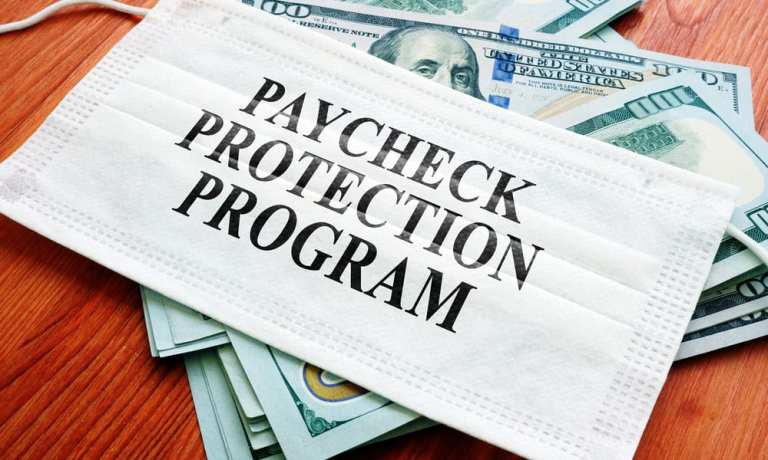SBA Still Clearing Up PPP Loan Confusion

It’s a fact that it’s a lot of money, but disbursing hundreds of billions of dollars for the Payroll Protection Program (PPP) has been overly fraught since day one. Business owners remain fuzzy on basic details like how many employees they can have to qualify, and what loan “forgiveness” means.
Things got to the point where the Small Business Administration (SBA) recently issued clarifications and updates to its own FAQs about PPP loan terms and more.
Firstly, the SBA has moved its “Safe Harbor” date from May 7 to May 14, giving small businesses that submitted PPP applications before April 24 another week to get documentation together and show that funds were used in accordance with PPP loan terms.
New guidance from the SBA underscores how frantic and disorganized the first tranche of loans was. For example, the SBA memo contains the borrower question: “Do PPP loans cover paid sick leave?” The answer is a conditional yes. As SBA said, “PPP loans cover payroll costs, including costs for employee vacation, parental, family, medical and sick leave.” The conditions pertain to the Paid Sick Leave Refundable Credit.
Another borrower question illustrates the nuances that SMBs must get right for PPP loans to be used correctly in the first place – and then forgiven if all necessary conditions are met.
“Question: Should payments that an eligible borrower made to an independent contractor or sole proprietor be included in calculations of the eligible borrower’s payroll costs?”
That answer is an unconditional no, according to the SBA’s latest guidance. “Any amounts that an eligible borrower has paid to an independent contractor or sole proprietor should be excluded from the eligible business’ payroll costs. However, an independent contractor or sole proprietor will itself be eligible for a loan under the PPP, if it satisfies the applicable requirements.”
Got that?
The latest in PYMNTS’ ongoing series of pandemic surveys and reports, Main Street on Lockdown: Reinventing the Road to Recovery, notes that the majority of SMBs that applied for PPP loans did so at larger national and regional banks, perhaps under the impression that larger financial institutions (FIs) have a better understanding of the program.
“Even SMB owners who had not applied for PPP loans were most likely to turn to national and regional banks to do so, with 38.9 percent saying they would rely on the former and 16.2 percent the latter,” that report states. “We also saw a considerable gap between the share of SMB owners who said they would like to apply through credit unions (CUs) and the share who did, with 18.6 percent of those who had not applied saying they would like to use CUs and just 5.1 percent of those who applied saying they did.”